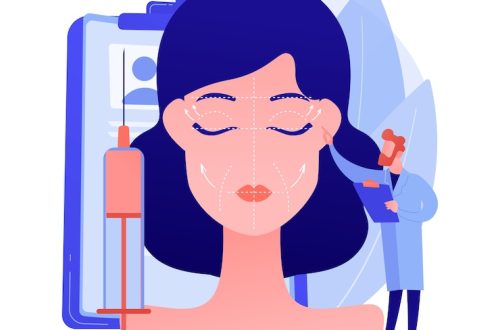
There’s a lot of misinformation out there about pain management and medication, from old wives’ tales to exaggerated fears of opioid addiction. Let’s clarify some of the most common myths and replace them with the facts!
Myth #1: Some People Have a Higher Pain Tolerance Than Others
Research shows that people experience pain differently based on how their bodies respond to stimuli, not because they have higher or lower tolerance levels. While it’s true that everyone feels pain uniquely, it’s not simply about “toughing it out.” Interestingly, studies have even found that redheads require smaller doses of morphine to manage pain due to their unique pain perception.
Myth #2: Everyone Who Takes Opioids Becomes Addicted
Not everyone who takes opioids will develop an addiction. While it’s true that stopping opioids suddenly can cause withdrawal symptoms, this doesn’t automatically mean addiction. Physical dependence and addiction depend largely on individual risk factors. Doctors assess this risk by considering your family history, personal history of substance use, or psychiatric conditions.
Myth #3: Pain Medication Fixes the Problem
Pain medication can help alleviate symptoms, but it doesn’t address the root cause of the pain. A pain management specialist can work with you to target the actual source of your discomfort, helping you live a more functional life without needing to rely heavily on medication.
Myth #4: Taking Opioids for Legitimate Reasons Means You Can’t Get Addicted
Opioid medications are highly addictive, no matter the reason for taking them. Anyone is at risk of developing an addiction, especially if the medication is used for a long period of time. It’s critical to take opioids exactly as prescribed by your doctor to minimize this risk.
Myth #5: More Medication Means Better Relief
Taking more medication than prescribed won’t necessarily result in less pain. In fact, it could cause your body to develop a tolerance faster, making it harder to manage your pain over time. Always stick to your prescribed dose for the best results.
Myth #6: Needing Higher Doses of Medication Means It’s Not Working
When pain increases, it’s often due to the underlying condition getting worse, not because the medication is losing its effectiveness. As long as you’re on the right type of medication and following your doctor’s guidance, it should still work as intended.
Myth #7: Pain Without Evidence Is “All in Your Head”
Pain is influenced by many factors, including biochemistry, coping skills, anxiety levels, and emotional support. Just because there’s no visible injury doesn’t make the pain any less real. Patients with “invisible” pain need just as much attention and support as those with physical injuries.
Setting the Record Straight on Pain Management
Living with chronic pain can be challenging, but being informed about how pain management works can help you make better decisions about your treatment. If you or someone you know is struggling with pain, there’s no need to hide your discomfort or fear treatment options like opioids. Share this information with others to help dispel these common myths and encourage informed choices when it comes to managing pain.




